The Spark of Recognition | FilmStack Challenge #6
Musing Outloud about How Movies Reflect You Back at You
September’s FilmStack Challenge comes via
:Tell us about one, a few, or the many films that struck a deep emotional chord in you. How and why did they move you?
The difficulty in this challenge was narrowing down my approach. There are deep emotions of many types and hundreds of movies to serve them. Sometimes you allow for emotional reception of a film beyond its craft-level qualities for purposes of sentimentality, nostalgia, or escapism.
What I settled on is looking at movies that expressed something emotionally that I didn’t know I was looking for or felt. This effect is called the spark of recognition: a moment when you see something in art that makes you realize someone else has been there. Often the spark is extremely gratifying; sometimes it’s humbling; a few times it can flash light on a part of you that you’re not so happy to share, and you can feel called out.
Here’s some examples of movies that sparked recognition in me:
Bridge to Terabithia (2007) — dir. Gábor Csupó
I can’t for the life of me remember why I decided to see this movie, but going in blind was probably a significant part of why if affected me so. I watched a screening one afternoon between work or classes at “the dollar theatre”1 in Albuquerque, NM, one of what was once known as “second run theatres”2 that showcase late-run movies for discount prices.
My decision there may have literally devolved to I was in the neighborhood, and I had the time.
Anyway, Bridge to Terabithia hit me twice. The first half of the movie involves tween friends Leslie and Jess as they run around the woods behind their houses imagining up a rich kingdom of fantasy creatures and evil forces. The imagination sequences start with pinecones, shadows, and wisps of wind until Jess’ suspension of disbelief ignites and various woodland elements start to form into fantastic figures that engage in the story Leslie and Jess tell each other — a story in which they, of course, are the leads and the heroes.
There’s a long list of family movies that feature ThE pOwEr Of ImAgInAtIoN, but something about Bridge to Terabithia just nailed what it’s like to be a kid and in the zone with play.
Like there’s running around in the woods with your friends playing, but then there’s snapping out of a fantasy you and your friends have been collaboratively hallucinating for several hours and realizing with a dazed and somewhat head-achy stomach slam to earth that you didn’t even realize it’s become nighttime, and you can hear your parents yelling for you with the beginning edge of anger and panic in their voice. This state of childhood play, to my knowledge, is not so often or as well represented in cinema, but Gábor Csupó achieved it…
To a point. Admittedly after a while the fantasies become too CG and the verisimilitude is gone. However, just as my attention to the film was about to drop, I got hit with the second spark of recognition.
Leslie dies. What the fuck? For someone who knew the book title but never read it, this moment completely blindsided me.
Then an entirely different story begins, one about how children manage and handle grief.
And again, this is not a new topic for a family film to cover, but the way Bridge to Terabithia handled it was just so painfully true.
I’m no stranger to grief. About when I turned 11, a lot of people started dying in my life: family members, friends, classmates, pets. My grandfather died, my aunt and uncle died in short order to each other, my best friend’s father committed suicide and set up my mother to find him. My dad died. My cat died a few months after that. I got very used to funerals.
One of the things that Bridge to Terabithia shows is how adults can sometimes be completely condescending to children in grief, though they may not be. Children are often expected to understand grief on the adult level, or feel they should be able to reassure or pacify the child in grief; or really, their cardinal sin tends to be the belief that the kid’s grief is their business.
Jess’ struggle to figure out how to understand his loss in the face of parents and teachers just not in his zone, the people who’ve never achieved Terabithia, hit me like a brick in the gut.
So kudos, Csupó. You got me twice.
A note that I immediately followed up the movie with reading the book, and though I normally tend to prefer the story in the format I saw first, the book really is better.
Vortex (2021) — dir. Gaspar Noé
To continue with the grief beat, let’s talk about the surprise gut-punch that was Vortex.
Vortex was an early Mubi Go experience. For those who don’t know, the streaming company Mubi has an add-on feature that curates independent movies with weekly tickets. Soon after I signed on, Vortex was the movie of the week, and I went in thinking the following:
It’s a Gaspar Noé movie. Some drug addicts are gonna go to a club, something isn’t going to go terribly wrong, and then we’ll enter a two-hour psychedelic experience with very pretty flashing color lighting.
I was prepared… only, it turns out, to be greeted with a sobering audio-visual in memorium for Noé’s parents, dead by heart disease and cognitive decline, which just so happened to match the deaths of my aunt and uncle exactly3.
Oof. Vortex was rough. By the end I was a tearful mess and shocked that Noé, of all people, had spoken to me. I rode home from the movie in silent contemplation and then had a long, long talk with my wife.
It’s interesting to note that both Bridge to Terabithia and Vortex reflected back to me my experiences with grief whereas, counterintuitively, the recent movie Familiar Touch by Sarah Friedland didn’t so much. Part of this is because Familiar Touch is more about expressing the experience of cognitive decline from the character’s perspective than our outside experiences dealing with them, but I think surprise is a big element of it. Grief really takes you out when it’s not expected.
Punch-Drunk Love (2002) — dir. Paul Thomas Anderson
There’s a catharsis theory of violence in cinemas, where the idea is that by viewing violence through a storytelling medium with a resolution, the movie releases the pent up violence the viewer is holding inside of them and they can move on.
I think catharsis theory is bullshit, at least broadly speaking; but on the other hand, no moment in a movie ever made me feel like I was releasing more stress in a nice long hiss of emptying chest tension than when Adam Sandler beats some bullies to shit with a tire iron in Punch-Drunk Love. It’s glorious. It sends frisson down your spine. It is definitionally cathartic.
Now, I can’t say Barry Egan ignites the spark of recognition in me entirely as a character. There’s a lot of him in people PTA must know and Adam Sandler must know that I don’t really recognize in the people I’ve known. But nevertheless there’s a lot of ticks and moments and mannerisms Barry Egan has that I can relate to completely.
Take his sisters talking over him all the time, speaking for him and forcing him to comport to their view. This is not an experience I’ve had; for that matter, I only have one sister and she’s too much older than me to have tried to run my life. However, it’s the noise of those scenes, the way Barry shuts down when the verbal information overwhelms his perceptions and his inability to get a word in edgewise, that is uncannily familiar and true to myself.
Too many people are taught fight or flight without the third common reaction to danger: freeze. Barry, like me, is a person who freezes. Punch-Drunk Love is almost literally a story of a person who freezes first teaching himself how to flee, then teaching himself how to fight. For a person who freezes, it’s an extraordinary odyssey to behold.
Similarly, when Barry gets accosted by men in a truck, he starts shouting “Ow! Ow! Ow!” before they’ve even touched him… in fact, before they’re even within reaching distance. I’ve done that. When I was a kid I’d get mercilessly harangued for reacting, “Ouch!” when someone would pretend to punch me without even making contact. My overreaction drove me as crazy as it made cause for them to tease me: it felt like a betrayal of my own sensitivities. It made me more hurtable. I don’t do this anymore, but I still remember the burning frustration with myself when it happened.
In Punch-Drunk Love there’s something real about masculinity and violence that isn’t quite touched upon in the same way as any other movie I can think of. The nice reading of it is that Barry begins to fight back when he has something worth fighting for — Emily Watson’s Lena. But a more threatening read of that scene is what happens if you push an overcranked brain past the threshold of self-protection and into a heightened clarity and focus.
It’s scary to talk about here, because I feel like I’m writing words that could be used to character assassinate me, but there have been times where I’ve felt my brain twang like a broken rubber band, the noise and confusion just disappear, and a heightened sense of clarity and specificity in my surroundings. Never once in those situations did I get into a violent altercation. However every single time in those situations, the people I was with later told me it’s because everyone was too scared to fuck with me. As such, I keep very mindful about never getting in those situations, because I believe the fear that people’ve expressed to me. That zone is terrifying.
I don’t want to pretend that this sort of zone would turn out as well as it did for Barry. Punch-Drunk Love is low-key a superhero movie. One guy against four, he’d probably have gotten his ass kicked. But the point is the mindset is familiar. The ease and calmness with which he moves through space at that moment is relatable. The simplicity of his sudden burst of violence is what sparks recognition.
Upstream Color (2013) — dir. Shane Carruth
I’ve written about Upstream Color in another FilmStack Challenge regarding its sound design. This time I’m including it because of its subject matter, and what makes it striking regarding the concept of the spark of recognition is that the recognition was sparked in my fourth viewing.
From when I saw Upstream Color in theatres in 2013 through my first couple years in New York City, I loved it because of its scrappy independent low-budget filmmaking style and heady, cerebral storytelling. This is the type of movies I want to make, and Carruth’s ability to make it happen on a $50k budget is very appealing.
I would say I understood the story intellectually, and that it disturbed me emotionally, but I didn’t understand the story emotionally until after I had recovered from an abusive relationship.
When I was getting out of that relationship, I was having coffee with a friend who said, “You need to be careful for the next few weeks. You’re going to feel better than you ever had in your life. Then you might get yourself right back into a similar situation. And you’ll surprise yourself with what you remember and what you forgot about this relationship for the rest of your life.”
So clearly my friend had been there, and homefry was not fucking lying. Friends, family, general people around me during that less than year I was in that relationship sometimes tell me things that I told them that I don’t remember at all. There’s a weird pull behind knowing things that happened and being completely blanked by them. And Upstream Color matches that journey completely.
The story follows Jeff and Kris, two victims of a scammer that uses mind-controlling worms to puppeteer his victims into committing identity theft against themselves, who are drawn to each other and are compelled in ways they can’t explain to match each other’s emotions, movements, and, ultimately, search for the truth of what happened.
Before, I read the movie as a parable about how it feels to be scammed, since scammers have an ability to get in your head and act counter to your sense of self. Scam victims regularly report feeling out-of-person from the experience. So, too, do escapees of cults. So report citizens after the end of fascist regimes. At the heart of this immemory is the trauma of abuse. We could basically define each of these activities as the application of abuse in different sectors: scams = application of abuse in financial dealings, cults = application of abuse in community cohesion, fascism = application of abuse in political stage. But it took actual abuse to recognize Upstream Color in a way that intellectual reading didn’t spark.
In fact, after my fourth view of the movie, I had to seriously consider whether I could watch it again. I also then looked up more information on Carruth to figure out how he came to tell such a story and discovered he exhibits abusive behavior. Some of his behavior comes out as obsessiveness, which happens also to be the energy that’s enabled him to complete weedy movies as Primer and Upstream Color with such a punishing budget and workflow.
I’m not going to lie, after a year or two of considering whether I should personally “cancel” Carruth and not watch his movies anymore, I couldn’t help it… I watched Upstream Color again. And I can’t let it go, it’s too important to me, for reminding me of what someone can be capable of (making a great movie for $50k by taking on almost every technical and creative aspect of the production), reminding me of what someone can be capable of (being an obsessive abuser who leaves his ex-girlfriends in fear of their lives), reminding me of what people can be capable of (various methods of mind control and ego destruction employed to gain power over individuals’ lives) and finally, reminding me what people can be capable of (recovering and owning their own agency, finding their way upstream of the abuse and defeating the bad actors at their source).
I choose to see Upstream Color as the abuser’s guide to recognizing abuse. Pay attention. It’s all there. You can see it on screen. But it’s not just in the characters and dialog, its an expression of the fragmentary nature of memory and emotion when you’re trying to reclaim your sense of self. It’s actually mythic, rewiring your brain to make you question how you ended up on that particular train, talking to that particular person, after you’ve forgotten why you’ve lost everything, metaphorically speaking.

I Saw the TV Glow (2024) — dir. Jane Schoenbrun
Here I am also repeating myself, but I’m going to beat this drum again: I knew Owen and Maddy personally, and I have never seen them presented so truthfully and in-depth in any other movie as I’ve seen here in Schoenbrun’s contemporary classic.
Owen was a friend I made in typing class, freshman year of high school, who was obsessed with Tenchi Muyo. They were also a trans kid I knew, though I didn’t understand the nomenclature at the time, who had the same conversation with me that happens on the bleachers, except swap “TV” with fashion design:
“Do you like girls?”
“I don’t know.”
“Do you like boys?”
“I think that I like… clothes. And beautiful objects.”
And Maddy, I knew a ton of Maddies. Girls and tomboys and ACEs who would obsess over every detail of every episode of some super nerdy YA show and just occasionally casually answer your request to go out to see a movie or something with, “Nah, if I get back late again my dad will beat the shit out of me. Don’t tell him we’re talking, okay?”
I also worked in that exact movie theatre and exact “Family Fun Center” that Owen suffers through.
When I was in high school, I was goth, and most of my friends were either grunge or punk, and being in those subcultures, you’re always adjacent to the kids being slowly choked out by suburban domesticity, whether it be from direct physical and emotional abuse to simply broad suppression of their self-representation and presentation. Lots of these kids turned out later to be on the autism spectrum, or have mental health disorders, or simply weren’t allowed to be gay or trans and had to escape home to become themselves.
To me I Saw the TV Glow was a PSA to what happens to the kids who decide to suck it up and stay where they are, and its brilliance lies not in acting like leaving what they know is “somewhere over the rainbow” but actually as existentially threatening as staying. In the movie, Owen has a choice between burying himself alive, with all the suffering Maddy describes in an intense and heightened (and brilliant) monologue, or remaining and slowly suffocating asthmatically from self-suppression.
Would you rather be buried alive or choke to death? Not an easy round of the “would you rather” game, particularly if it’s existentially real. But as the movie sez, “There’s still time,” and a light inside.
I’ve never, ever gotten such high school parity from the elder classics, not even The Breakfast Club.4 I Saw the TV Glow even tickles me the way Fred Durst, he of early Aughts aestheticized pop youth resistance, plays the perfect father of terrifying condescension, drawling slowly in Middle American Masculinity, “Isn’t that show for girls?”
Exquisite work, no notes. And specific. I’ve had enough conversations with enough people since this came out to see that this movie simply does not land for everyone; to be frank, if I didn’t know Owen and Maddy so well, if I didn’t spend almost the entire movie thinking, “Shit man, how did Jane get into my friends’ teenage bedrooms?” I would have a very boring response to this movie about its messy narrative structure and whether or not it counts as a horror movie. But that spark of recognition transcended all technical considerations and all I saw was a message from an elder gloom cookie to the new generation of alt, lost, scared, disturbed, and queer kids that there is a path out that looks dark and is difficult but is worth it.
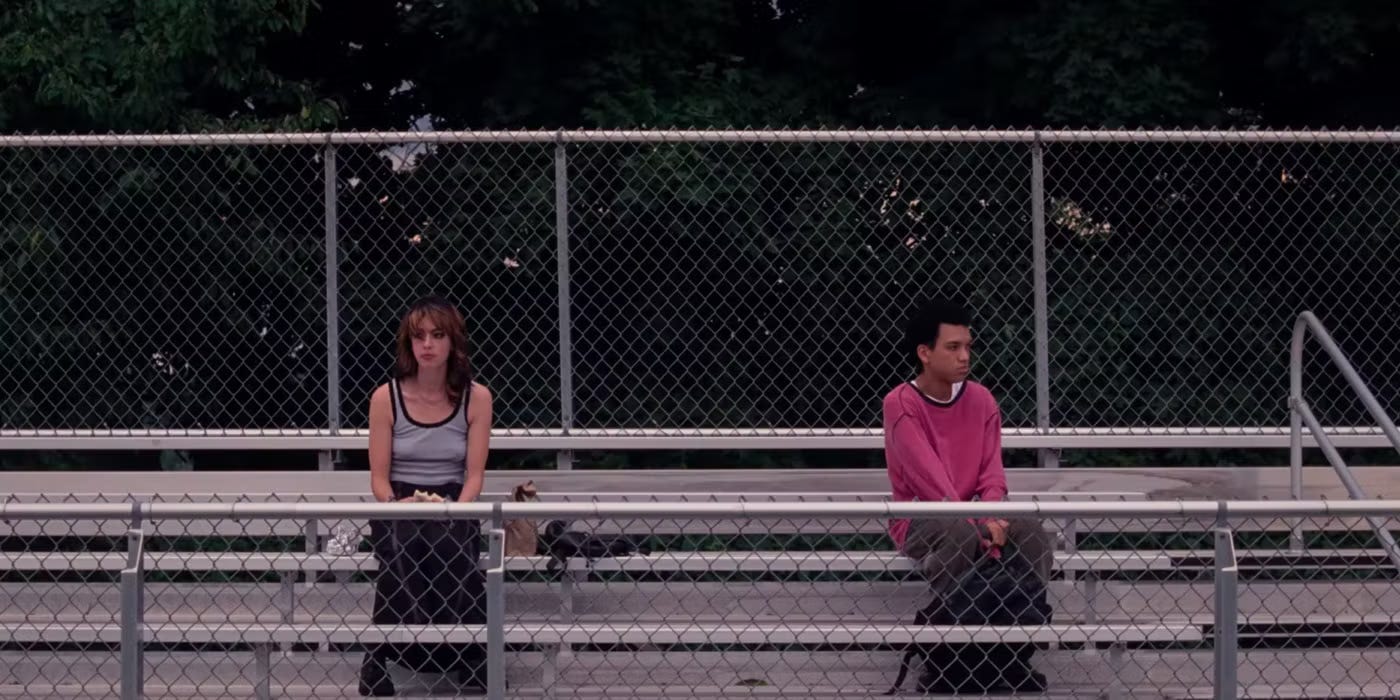
It’s actually pretty funny because one time I saw a meme that said, “If you liked I Saw the TV Glow, congratulations, you’re trans” and it almost made me defensive in the “I’m not trans but I liked the movie!” way. In the end, in the spirit of the meme, as an actress once told me, “We’re all a little queer.” For me, I have no gender dysphoria, but I’ve always related to “But the world just doesn’t fit quite right, like it’s made and shaped for a different body and mind” feeling that, in the 90s and 2000s, expressed itself as sub- and counter-cultures until the Internet flattened and weirded everything. Now that I’m really comfortable with myself and my life, I know I’m not invited to the cool kids’ clubs where the really edgy music and art is getting made. But I can at least recognize it when it rises past the underground and manages to make it on cinema screens.
Well, and, so, this post feels a lot darker than I initially intended. I swear I don’t only recognize sad and disturbing things, grief, violence, existential trauma, etc. I also have flashes of recognition in Buster Keaton’s flat-affected attempts to woo the pretty girl next door, The Dude from The Big Lebowski is pretty much my dad in attitude and appearance, and Tim from Jurassic Park was LiTeRaLlY mE and we were the same age when it came out.
But part of what makes art powerful is that the spark of recognition can help address or redress things we don’t have the words for or aren’t aware of ourselves, and these are movies that hit in a way where I didn’t know I needed the understanding until I saw them, and then felt so familiar it was shocking I hadn’t come across it before. What begins as, “Someone else has been here?” becomes, “Of course, why didn’t I ever think of that?”5
So that’s what I really seek in movies: the spark of recognition. The moment when the filmmaker and I seem to be feeling the same things, in the same ways.
Previous FilmStack Challenges:
My Personal History of Horror | FilmStack Challenge #5
Dario Llinares was nominated for this month’s FilmStack challenger and wrote the following for FilmStack Challenge #5:
5 Movies that Teach You Sound Design: FilmStack Challenge #4
The FilmStack Challenge is back and this month was handed off to Swabreen Bakr of the exquisitely-titled Substack Anti-Brain Rot:
5 Flicks to Get Cinematically Fit | FilmStack Challenge #3
As this monthly series is taking shape, I’ve had to adjust the name of it. First I titled it Ted Hope’s Challenge, because Ted Hope was the one who wrote the challenge. Then I called it the Hope for Film Challenge because it was bringing in a whole community of his readers. Now it’s squarely the FilmStack Challenge, which nomenclature others got to far ahead of…
To watch some of my own movies:
Touch Grass! Touch Everything! Wash Your Hands! Be Careful! :o) Only Touch With Consent.
I highly recommend you do this, the world is full of textures that are quite pleasing to the fingertips. Indulging a Second Look is a reader-supported publication. To receive new posts and support my work, consider becoming a free or paid subscriber.
Ominous Horizon
July 7th, 2025 update: to view the full video and my back catalog of experimental films, please sign up for a paid subscription.
Pre|Concept|Ion
Just in time for Easter I bring you this work about spring, new life, and fertility. It’s an ambient, experimental video, so I recommend you watch it with lights off, full screen, and audio turned up.
Tip me on Venmo!
By this point of time the ticket prices were more like $2 or even $3, but once upon a time, dear children, you could in fact see a blockbuster film two months into its run for literally just a single dollar bill.
There still exists some second run theatres but I’m not certain they’re understood that way. Syndicated in Bushwick, Brooklyn is an example, typically showing indie movies a month or two after their main runs for tickets running half or less the price you get from the independent theatres.
Except gender swapped. It was my aunt who died of Alzheimer’s and her husband who surprised the family and hastened her decline by suddenly conking out from heart failure.
To be clear, I love that movie too.
And sometimes, “Why the hell hasn’t anyone else talked about this?”


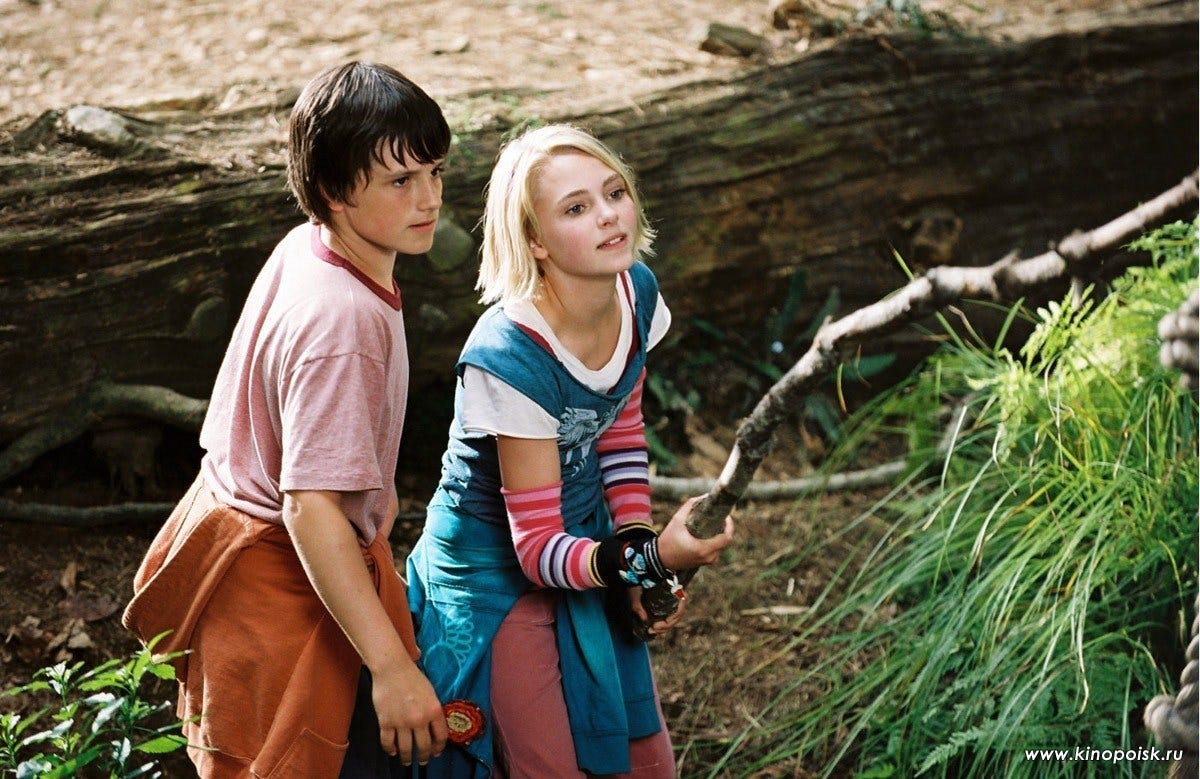
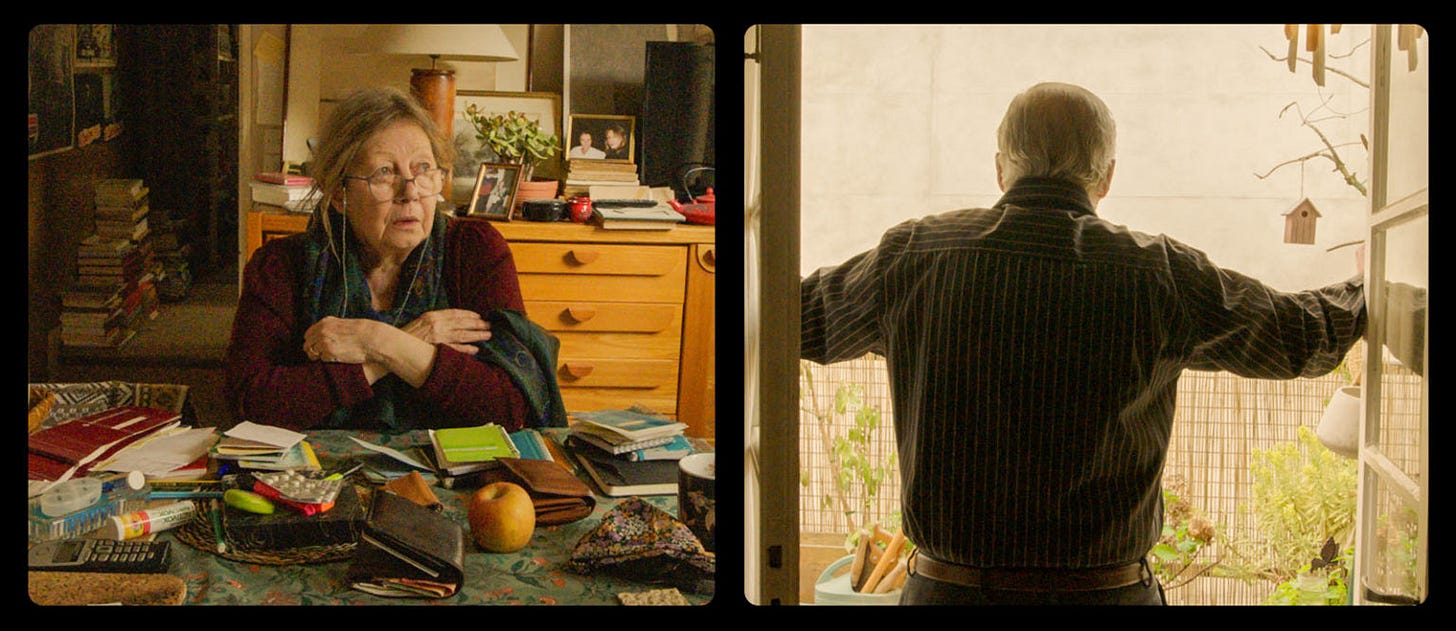
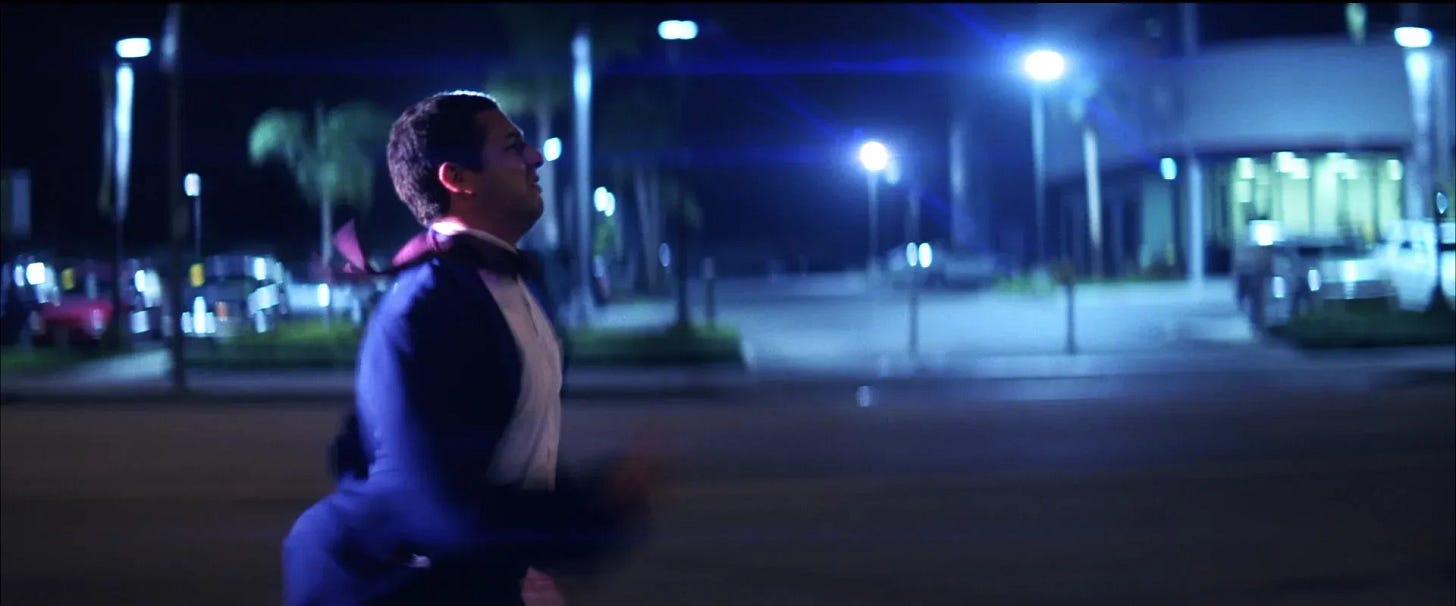
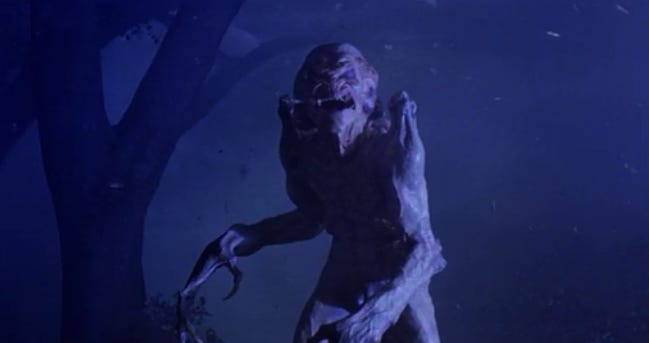
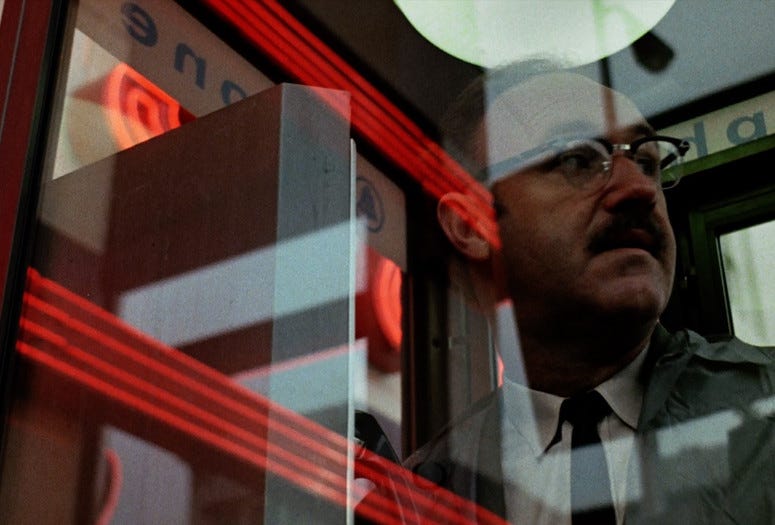

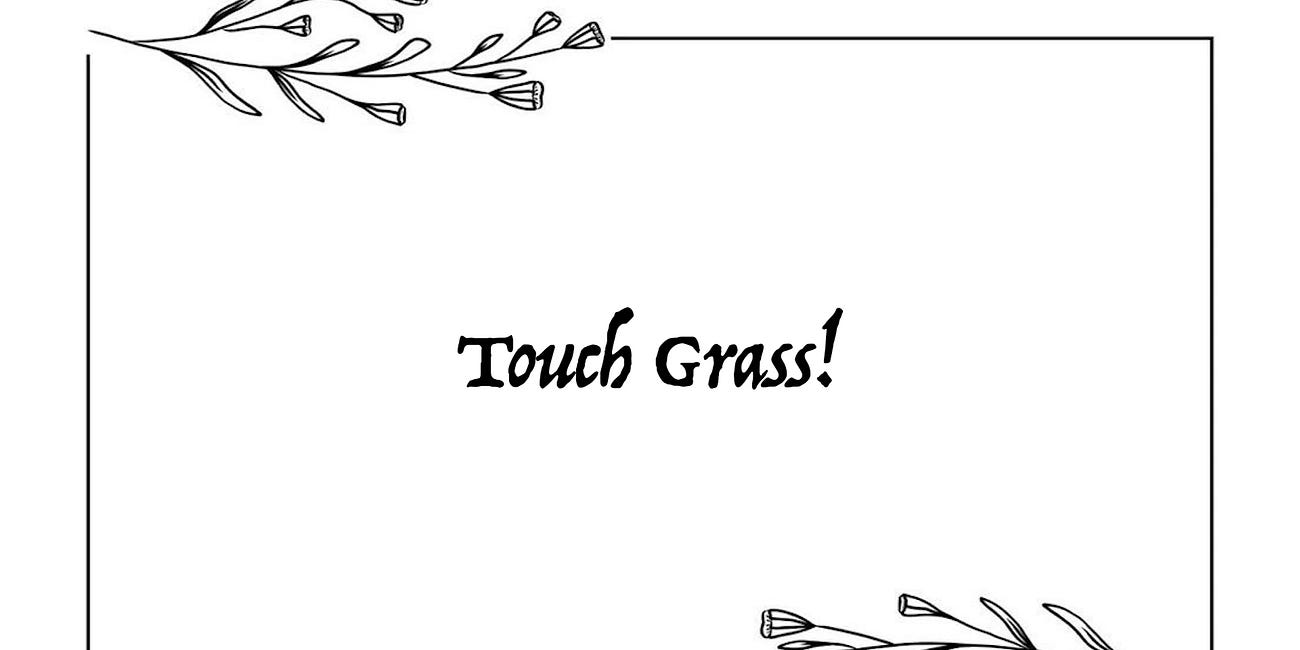



I haven't seen the adaptation but I read Bridge to Terabithia when I was a kid and loved it.
…been avoiding all the carruth for a long time not even for these reasons, but feel I should get in there at some point…bridge was such a good book i couldn’t watch the movie (i know what hollywood does, its own form of content abuse)…the prompt is open ended enough i could say EVERY MOVIE…but going by the guttings listed I have never felt more scraped than by Dancer In The Dark which I refuse to rewatch…I threw a dorm party to watch Salo, guess how many friends stuck around…if i were a therapist i’d ask what is your earliest memory of the pain and answer benji or last unicorn…